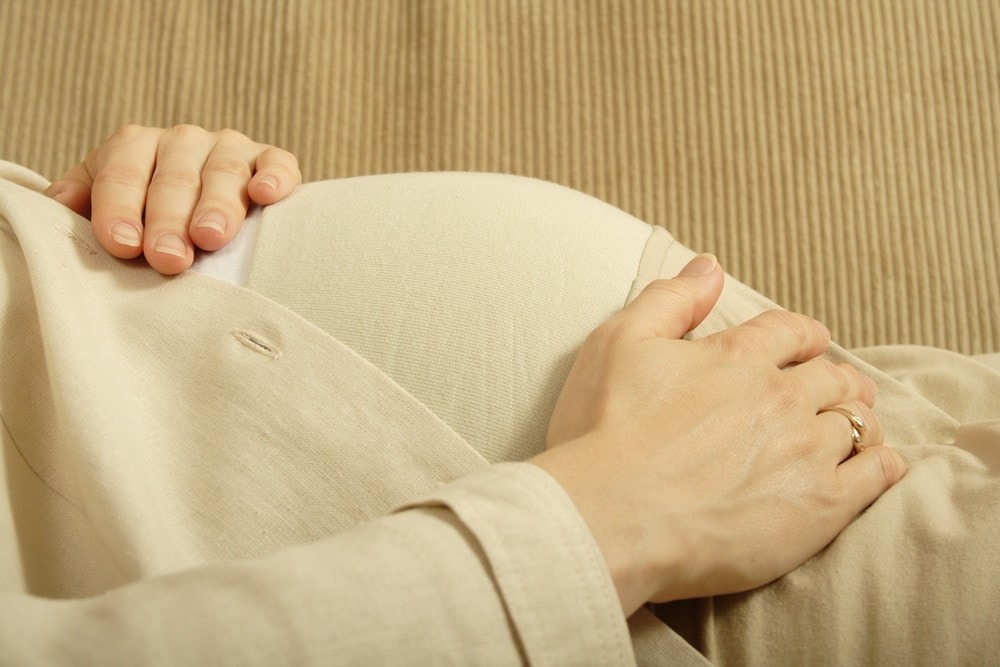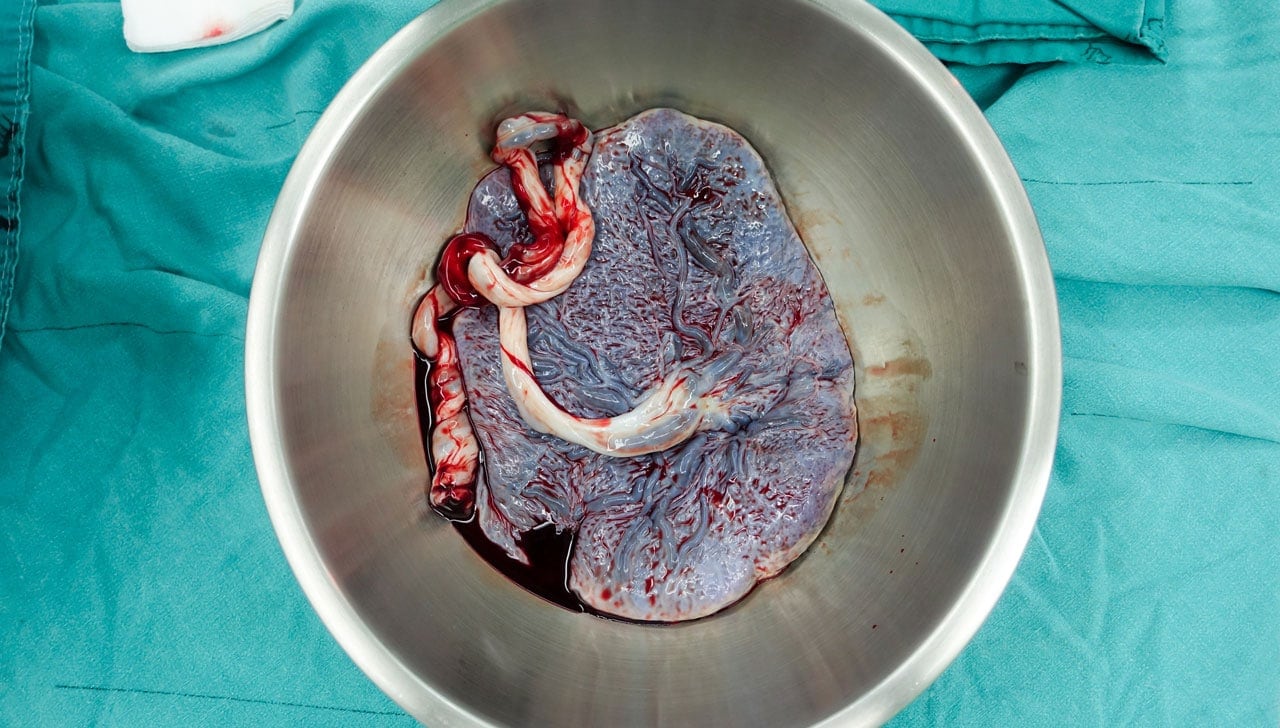Prevent Tearing During Delivery with Perineal Massage
When it comes to perineal massage, this old saying definitely applies: An ounce of prevention is worth a pound of cure. Perineal massage during pregnancy involves the gentle, manual stretching of the tissues that shape the birth canal. The benefits of this ancient practice have been studied by researchers, and there is now strong scientific evidence indicating that when done regularly in the last 3 to 4 weeks of pregnancy, perineal massage increases your chance of delivering a baby vaginally without damaging your perineum, which results in a decreased chance of tearing and episiotomy.
Perineal tears and surgical cuts (episiotomies) require stitching, which can lengthen recovery time after delivery and often cause scarring, pain and urinary or fecal incontinence that can negatively impact your life long after childbirth. The good news is that dedicating just 5 minutes each day during the last several weeks of pregnancy doing perineal massage can prevent trauma to your perineal tissues during childbirth.
Importance of Preparing Your Perineum for Delivery
Your perineum includes the area at the back of your vagina and vulva and goes to your anus and rectum, and includes the back portion of the birth canal. It is the tissues of your perineum that create a strong pelvic floor, allow you to walk upright and prevent you from urinating every time you cough. Needless to say, it is important that these tissues are intact and strong, but they also need to be flexible enough to stretch during childbirth to allow the baby to move through the birth canal.
Unfortunately, the perineal tissues of many women lack flexibility and aren’t able to stretch during delivery, which results in perineal trauma or tearing. But, just like other types of massage or stretching, perineal massage during the last several weeks of pregnancy can relax and stretch the tissues of your perineum. This gentle massage keeps the perineal tissues flexible and supple and prepares them to relax and expand naturally during delivery. Perineal massage also allows you to practice breathing through the burning sensation of perineal stretching, which many women say helps them to be more confident and relaxed during labor.
Perineal Massage Instructions and Tips
As you approach your 34th week of pregnancy, talk to your midwife or doctor about when you should begin your perineal massage routine. Once you have been given the go-ahead from your health care provider, start practicing perineal massage every day for up to 5 minutes until you give birth. You can perform perineal massage on yourself, or you can have your partner do the massage. Regular perineal massage is ideal to promote greater elasticity of the muscles in the perineum, but don’t get discouraged if you miss a day or two- just pick up your routine the next day.
1. Before beginning a perineal massage, wash your hands and trim your nails.
2. Find a comfortable position that allows you to reach your perineum, either by reaching your hands in front of you or behind you. For example:
a) Sitting propped up in bed with your knees bent
b) squatting against a wall for support with or without the aid of a stack of books or stool
c) raising one leg such as in the shower or on the toilet.
Feel free to use different positions on different days or even change positions during your massage if you become uncomfortable or tired.
3. Pour about a teaspoonful of massage gel onto your fingers and apply it to the perineum, taking care to ensure that your thumbs or fingers are also well-lubricated. Using a massage gel serves two important purposes: it makes the massage more comfortable and also helps hydrate the tissues of the perineum. Avoid using natural oils, like coconut or almond oil, as these products contain oxidative, inflammatory chemicals and are linked to an increase in vaginal infections. Also, avoid using water-soluble lubricants because most lubricants have a high salt/ion concentration that causes irritation to vaginal tissues. For best softening and stretching, ensure that you use enough gel to keep your tissues moist throughout the massage – the amount required, and the need to re-apply will vary for each woman.
4. Perineal massage can be done with either or both thumbs, your index or middle fingers, or two fingers on each hand. Insert your thumbs or fingers about an inch inside the vagina (up to the first knuckle or just past that), resting your palms against your inside leg.
5. The goal is to stretch and massage the back portion of the birth canal, down towards the anus and then apart side to side, using more and more pressure over time. Press gently down with your thumbs or fingers toward the anus, and then pull them apart from each other and out to the sides. Several times during your massage, hold this stretched position and consciously relax your muscles in this region. Keep massaging down and out to stretch and relax these tissues. Pressure should not be painful, but during the first couple of weeks, it is normal to feel a slight burning or stretching sensation. Practicing awareness and breathing when you feel this pressure, will help you feel more in control when you feel these same sensations during delivery! Speaking of delivery, if you want to feel more prepared for what’s to come, you might be interested in checking out some Labor and Delivery Classes videos. It can help you better prepare for childbirth.
6. Continue the massage for up to 5 minutes. Reapply massage gel as needed.
7. When performing perineal massage with your partner, sit facing your partner, with your legs draped over the outside of your partner’s legs. Your partner can use the same techniques above but should use his/her index fingers instead of thumbs.
Just 5 Minutes of Perineal Massage Per Day Can Produce Life-Long Benefits
Perineal massage will feel awkward, even painful, at first. But, the more you practice, the easier and more comfortable it will become. Just 5 minutes per day during the last several weeks of pregnancy will help relax and stretch your perineal tissues to help prevent perineal trauma or tearing during delivery, and pain and discomfort for the months and years following the birth of your baby.







